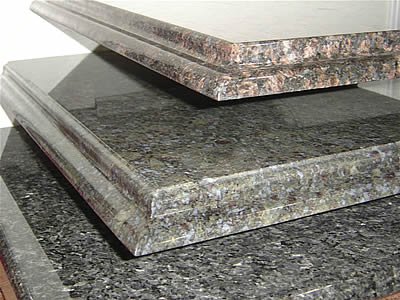ENVIRONMENTAL RADON – RADON IN MATERIALS
Radon is a colourless, odourless, radioactive gas formed from the decay of radium. It is a member of the uranium 238 decay series. Building materials such as concrete, soil, some ceramics, rock, and many everyday materials found in the indoor or outdoor environment may contain radium and uranium and act as sources of radon gas.
Indoor radon can pose a health hazard and current research focuses on characterizing sources of radon, pathways into a house, and the house as a system. The task is to improve the air quality in residential and office buildings by minimizing the levels of radon and other pollutants such as formaldehyde, dust, carbon dioxide and carbon monoxide, fungi, etc. while maintaining a comfortable living and working environment.
In addition to the health hazard posed, there are many nuclear laboratories (neutrino) around the world where radon may present an undesirable background and there is a need to minimize the radon level and monitor it. Nuclear counting facilities, accelerators etc. are examples.
MEASUREMENT OF RADON EMANATION RATE
The low levels of radon emitted from materials (emanation rate) are characterized by sealing a container onto the surface being tested or alternatively, by placing a sample of the material to be tested inside a closed container (Figure 1.). In either case a sample(s) of radon is taken from the accumulator and measured with a sensitive monitor. In some cases a continuous sample is taken and the rate of accumulation of radon monitored.
The apparatus illustrated in Figure 1 employs the Pylon Radon Trace Level Detector (TEL). This detector functions in conjunction with a Pylon radon monitor. It achieves this sensitivity by electrically focusing the radon progeny formed in the 18 litre sensitive volume of the detector onto a scintillator-photomultiplier based center electrode. Once inside the TEL the radon decays into its alpha emitting radioactive daughters, the first of which (RaA) is positively charged. The charged daughter is attracted to the negatively charged center electrode of the TEL. Since the center electrode is coated with a silver activated zinc sulphide phosphor, a strong light pulse is observed when impacted by an alpha particle from the radon daughter. The light pulse is detected by a photomultiplier tube, is counted, and the event logged by the monitor. A series of measurements can then be dumped to a computer for analysis.
The high sensitivity of the TEL is due to its large sensitive volume (18 L) and low background noise level. In fact, the sensitivity can be readily varied by changing the volume to meet specialized measurement objectives such as the emanation rate of thoron from materials or the measurement of extremely low emanation rates.

